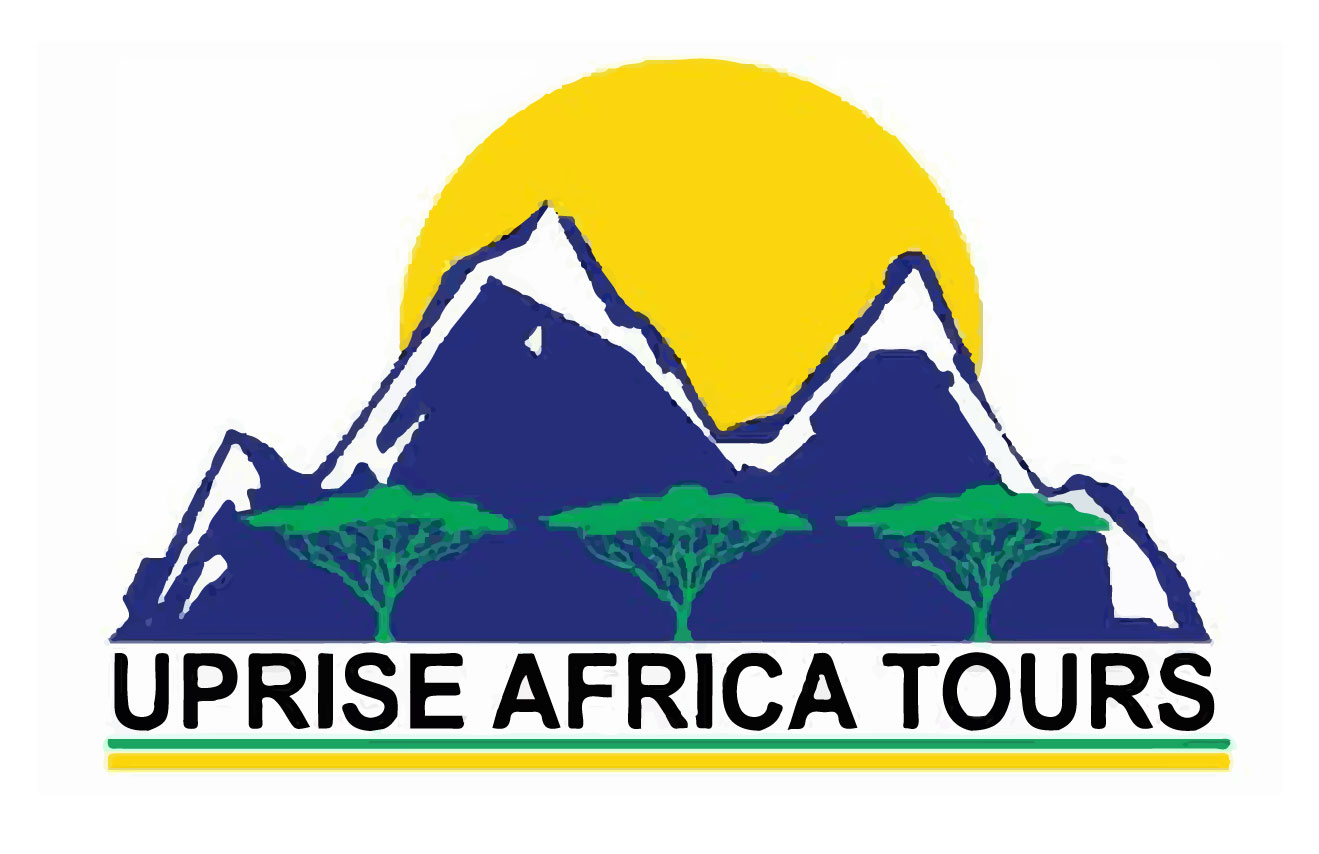Info KIlimanjaro
Kilimanjaro is the world’s highest free standing, snow-covered equatorial mountain. Located in North-East of Tanzania, 75,000 people climb Kilimanjaro per year. It is certainly a test of your abilities with altitude sickness, nevertheless its highly on most tourist bucket lists.
Climbing Kilimanjaro
One of the most amazing aspects of the mountain is the accessibility of its peak to climbers with no mountain climbing equipment or real previous experience of scaling such heights. Although it remains a considerable feat of human endurance! The breathable oxygen at the top is less than half the amount than is common at sea level. Climbers cover at least eighty kilometres, on nothing but their own two feet to reach the top and return.
Preserving the Mountain
The number of climbers has escalated to over a thousand a year during the last century. The increasing numbers each year have made it necessary for the National Park to insist that all climbs are pre-booked, and passes are no longer issued at the last minute at the park gate.
Overall Fitness Required
Although it is possible to simply trek without relying on professional climbing equipment, it remains a hard and serious endeavor that requires a level of physical fitness. We recommend to train your stamina and a realistic awareness of the potentially damaging effects of high altitudes.
You can consult a doctor before attempting to scale the mountain, and have a physical check-up for overall fitness, most tour operators require that test.
Phases of Climbing Kilimanjaro
Tropical Forest
With most of the old lowland forest now cultivated and settled, the first experience of the mountain environment begins with the dense vegetation of tropical montane forest between 1850m and around 2800m.
Cloud condensation mainly gathers around the forest, so this area is usually damp or drenched with rainfall, creating an intriguing mass of plant life and running rivers between endemic tree species. The area of heath just beyond the tree line also enjoys a relatively misty and damp environment as cloud clings around the density of trees.
Open Moorland
From around 3,200m a wide expanse of moorland extends beyond the heath and the cloud line, so that here the skies are generally clear, making the sunshine intense during the days and the nights cool and clear.
The climbing incline remains gentle, but thinning oxygen provides less fuel to energise the muscles and can dramatically slow the pace of walking. Hardy endemic species of Giant Groundsels (Senecio) and Lobelia (Deckenii) towering up to 4m high thrive in this moorland zone and give the landscape a strangely primeval atmosphere.
Alpine Desert, Sparse Vegetation
Even higher, beyond 4,000m, this sensation intensifies as the landscape develops into a more bizarre alpine desert, with sandy loose earth and intense weather conditions and temperature fluctuations so dramatic that barely any plant species survive other than everlasting flowers, mosses and lichens. Only the odd lichen survives beyond 5000m, after Kibo Huts and beyond the Saddle, where the landscape is predominantly rock and ice fields. Here, climbers experience the final steep push to the summit.
Saddle to Summit
The easterly routes, Marangu, Mweka, Loitokitok and Rongai all converge west of the saddle near Gillmans Point, between the peaks of Mawenzi and Kibo. Kibos crater is roughly circular with an inner cone extending to 5,800m, (100m lower than the summit at Uhuru Peak).
At the center an inner crater with walls between 12 and 20 m high contains another concentric minor cone, the center of which falls away into the 360m span of the ash pit. This is the 120 meter deep central core of the volcano, and casts sulphurous boiling smoke from its depths despite the frozen, snowy outskirts.
